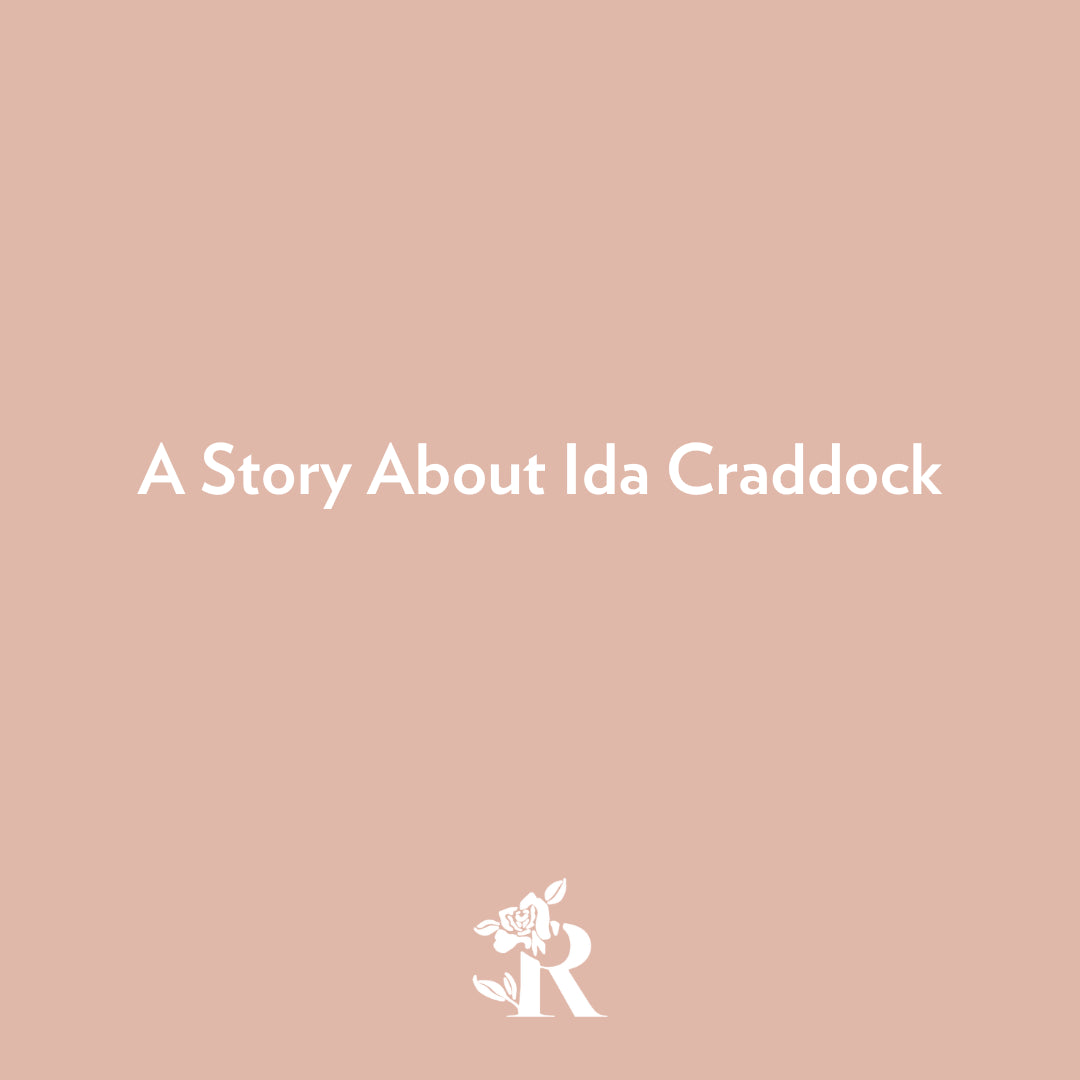A Story About Ida Craddock
In the heart of Philadelphia, during the waning years of the 19th century, Ida Craddock found herself at the nexus of a personal and cultural storm. Born into a society brimming with Victorian morals and strict social codes, Ida's inquisitive mind and rebellious spirit were out of sync with the expectations of her time.
Ida was a woman of intellect and ambition, attributes that led her to knock on the doors of the University of Pennsylvania only to have them closed in her face because of her gender. Undeterred, she pursued knowledge independently, delving into the realms of religion, sexuality, and human rights, areas intertwined with the fabric of human existence yet veiled in secrecy and shame.
As Ida’s beliefs began to crystallize, so too did her mission. She became convinced that sexual ignorance was the root cause of societal woes, from unhappy marriages to moral decay. With a hunger fueled by both compassion and conviction, she set out to educate the public, writing pamphlets that detailed the sacredness of sexual relations within marriage and advocating for mutual pleasure and respect between spouses.
In the light of her study, surrounded by the dense tomes and papers that constituted her life's work, Ida Craddock penned the words "Right Marital Living" and "The Wedding Night." These were not mere books; they were declarations challenging the very foundations of societal norms regarding sexuality and marriage.
Printing these pamphlets was no minor feat in an era devoid of digital conveniences. Each page was set by hand, letter by letter, in the dim light of early print shops. The air was thick with the smell of ink and metal, starkly contrasting the delicacy of the words being imprinted. Once printed, the pamphlets were folded, stitched, and trimmed by hand, embodying the painstaking labor of her mission.
The post office, the lifeline of communication in Ida’s time, became her unwitting ally and adversary. She mailed her pamphlets far and wide, utilizing the expanding network of mail trains and carriages crisscrossing the nation. In this era, the post was the thread that connected the vast American tapestry, from bustling cities to the most remote rural areas. Yet, this very system, under the shadow of the Comstock laws, would become a snare for Ida. Anthony Comstock, a self-appointed moral guardian, utilized the postal system as a weapon against those he deemed obscene, intercepting and destroying what he considered immoral materials.
Anthony Comstock, a man whose name had become synonymous with moral censorship, waged a relentless campaign against Ida and her teachings. Armed with the sweeping powers granted by the Comstock laws, which allowed for the interception and destruction of materials deemed "obscene," he turned his sights on Ida. Comstock, leveraging his position and the postal system he patrolled, became the arbiter of public morality, deciding what could and could not cross through the veins of American communication.
Comstock's tactics were insidious and personal. He would disguise himself to gain his targets' confidence or entrap them. For Ida, his malice was a shadow that loomed large; he orchestrated raids, had her arrested multiple times, and utilized the law as a bludgeon against her. Despite facing the immense power of Comstock and his allies, Ida remained steadfast, refusing to capitulate to the pressures that sought to silence her voice.
The culmination of Ida’s struggle came not in a courtroom but in the quiet despair of her apartment. Facing a lengthy prison sentence and the obliteration of her life’s work, she chose to end her own life. Her final letter, a poignant blend of defiance and sorrow, was a testament to her unyielding commitment to her cause.
Through the prism of history, we see the stark contrast between Ida’s enlightened advocacy for sexual health and education and Comstock’s draconian measures to suppress such knowledge. Her life, marked by brilliance and tragedy, remains a poignant reminder of the costs of censorship and the enduring battle for freedom of expression and rights to personal privacy and education. Her story is a poignant chapter in the annals of American history, a narrative of courage, conviction, and the high cost of ahead-of-its-time beliefs.
Her life, a bridge between the repressive Victorian era and a future of greater openness and understanding, reminds us of the enduring battle for freedom of thought, speech, and the right to love.











